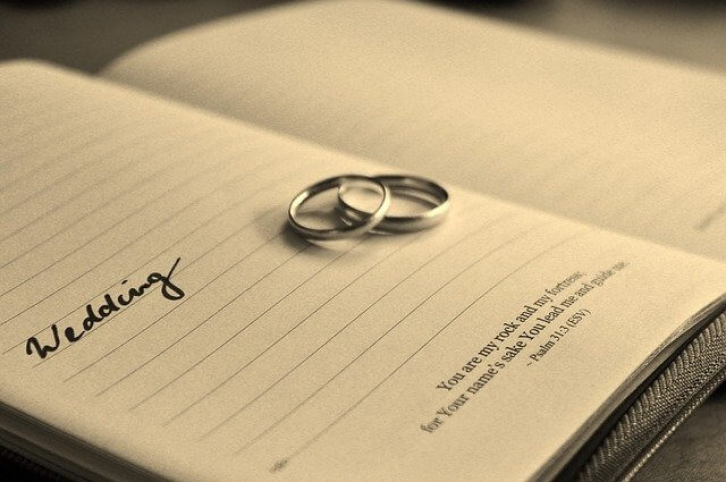What carat metal should my wedding ring be?
5 November 2020
Categories: METALS
One of the most important choices you'll make about your wedding ring will be the material used to make it. Each metal has different properties and benefits, so it’s worth taking a moment to consider the options.
The traditional choices are white and yellow gold, but other metals such as platinum and platinum are also popular choices, as well as more alternative metals such as titanium and tungsten.
One quick thing to note is that considering the wedding and engagement ring will be worn together, we would always recommend that you choose the same metal for both. The reason is that some metals are harder than others, so doing this will minimise wear and tear.
With that proviso, let’s take a look at the different metals.
Yellow gold rings are a traditional choice. Jewellery doesn’t tend to be made out of pure, 24 carat Gold because it's too soft, especially given the amount of time you plan on wearing your wedding ring. When combined with other stronger metals though, it’s a great option. 18ct gold and 9ct gold rings contain 75% and 37.5% pure gold respectively; both make strong wedding bands and can be crafted to make detailed rings in a variety of settings.
People don’t often realise that white gold rings are also made with yellow gold, alloyed with other ‘white’ metals, such as nickel or zinc to give it its silvery-white colour. It’s plated with rhodium to give it a hard, reflective surface with extra shine. It will need to be replated when it shows signs of wear, but rest assured that this is covered under one of your Smooch warranties and is a service we provide free for life. In a similar manner, rose gold is a mixture of yellow gold with other metals such as copper to give it its rich, warm hue and is also a popular choice.
Platinum rings are the most expensive of the commonly used noble metals because of their rarity. It is naturally hypoallergenic, making it great for people with sensitive skin. The appearance is a soft, satin-like finish. It is hard and durable, and many enjoy its heaviness.
Palladium is from the same family as platinum and shares the same silvery, polished look, and hypoallergenic properties. While it used to be significantly more affordable than platinum, it’s no longer quite so clear-cut, now that it is increasingly being used in car catalytic converters and demand for it has soared (!)
As well as precious metals, there are some other modern, durable metals that have become fashionable for wedding rings. These alternative metals offer contemporary looks to wedding bands.
Titanium rings are wonderfully lightweight and have a lustrous grey tone. It is very durable meaning it will hold its shape; however its strength means it’s harder to cut and resize, so the design options are slightly limited.
Tungsten is extremely strong. Tungsten rings don’t scratch or tarnish and will stay shiny. Similarly to titanium, it’s a favorite among men though its strength means it can’t be resized.
We hope this primer has been a helpful starting point for considering your wedding ring metal choices. On a home-visit, your Smooch advisor will be able to explain and explore these options with you further, so don’t worry about spending more time online trying to figure everything out for yourself. Book an appointment on our website and we’ll help you from there.

